The workshop attracted the participation of more than 200 experts, doctors, medical staff, researchers in the fields of cancer, biotechnology, precision medicine... domestically and internationally.
At the workshop, the speakers and delegates discussed and updated the advances in technology and practical applications of liquid biopsy in screening and early diagnosis of cancer; supporting drug selection, targeted treatment regimens, and monitoring treatment and disease prognosis.
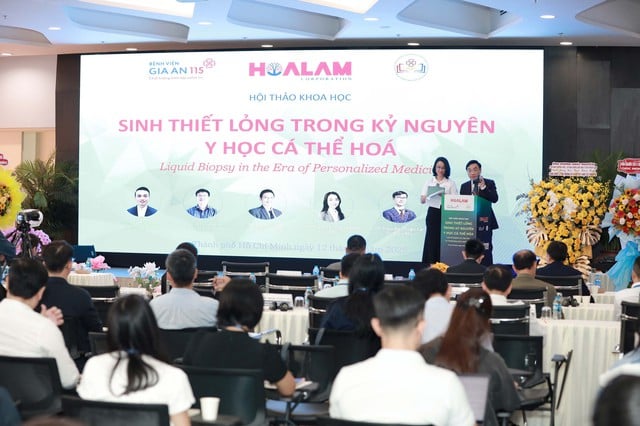
Dr. Nguyen Duc Loc, Acting Executive Director of Gia An 115 Hospital, delivered the opening speech at the conference.
Photo: T. Ha
Presenting an overview of liquid biopsy in cancer, Dr. Meng Earn Lim from QIAGEN Singapore Pte. Ltd said that liquid biopsy is a minimally invasive method to detect and analyze biomarkers in the body such as blood, serum or plasma, urine, saliva, cerebrospinal fluid. Liquid biopsy is widely applied in cancer research and diagnosis, non-invasive prenatal screening, neurodegenerative metabolic diseases, and organ transplantation research. Particularly in cancer research, liquid biopsy is used to supplement tissue biopsy and overcome limitations such as: insufficient tumor tissue, difficult to access tumors, need for regular monitoring, need for more information on the molecular mechanisms of heterogeneous cancer cells (tumor heterogeneity).
According to Dr. Meng Earn Lim, the most common markers in liquid biopsy include: circulating cell-free DNA (cfDNA), circulating cell-derived DNA (ctDNA), microRNAs, circulating cell-free RNA (cfRNA), extracellular vesicles (EVs), circulating cell-free tumor cells (CTCs) and related components.
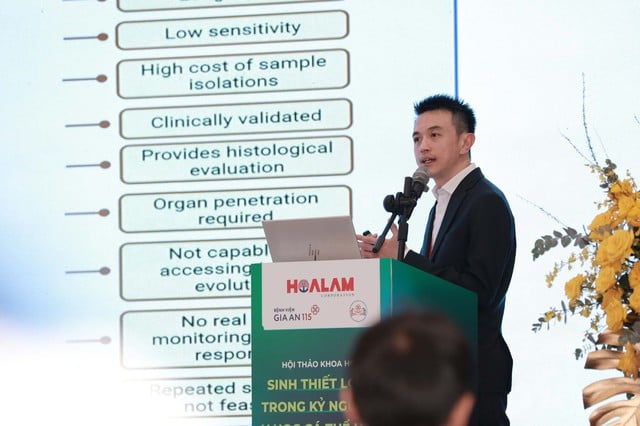
Dr. Meng Earn Lim - QIAGEN Singapore presents the lesion
Dr. Nguyen Thuan Loi, Stem Cell-Genetics Unit, Nuclear Medicine and Oncology Center, Bach Mai Hospital, said that cfDNA is DNA released from both normal cells and tumor cells into the blood, mainly originating from non-tumor cells. CtDNA is tumor DNA circulating freely in the blood (a subset of cfDNA) that can be used for genotyping or MRD (minimum residual disease) detection.
According to Dr. Nguyen Thuan Loi, ctDNA appears in many different types of cancer. About 70 cancer-related genes exist in the form of ctDNA from late-stage patients who have been treated, and about 50 types of cancer are related to ctDNA.
Dr. Nguyen Thuan Loi also cited a number of reports showing that monitoring with ctDNA allows for early response assessment of some types of cancer such as non-small cell lung cancer and colorectal cancer in the context of distant metastasis. ctDNA can also indicate the appearance of genetic mechanisms that cause resistance during targeted therapy (for example, secondary EGFR T790M mutation in non-small cell lung cancer causing resistance to first-generation EGFR TKIs).
The reports at the workshop provided a multi-dimensional perspective on the technology and practical application of liquid biopsy in clinical practice. Some other typical reports include: “Methylation-based breast cancer screening: Genomic DNA from native tissue and circulating free DNA” by Dr. Luu Phuc Loi - Head of Scientific Research Department, Institute of Applied Health Sciences and Aging Research, Thong Nhat Hospital; “Application of next-generation gene sequencing in identifying target genes from liquid biopsy samples” by Ms. Pham Thi Tuong Oanh - Biomedic Scientific Materials Joint Stock Company; “Liquid biopsy solution for solid tissue cancer from Genemind” by Dr. Qin Lu - Genemind Biosciences Company.
At the end of the workshop, the delegates not only received in-depth professional knowledge, but also received a Certificate of Continuous Medical Knowledge Update (CME) issued by Gia An 115 Institute of Medical Research and Training.
Source: https://thanhnien.vn/sinh-thiet-long-huong-tiep-can-moi-trong-chan-doan-va-dieu-tri-ung-thu-185250412160445677.htm


![[Photo] Signing ceremony of cooperation and document exchange between Vietnam and Japan](https://vstatic.vietnam.vn/vietnam/resource/IMAGE/2025/4/28/e069929395524fa081768b99bac43467)


![[Photo] Prime Minister Pham Minh Chinh receives Cambodian Minister of Commerce](https://vstatic.vietnam.vn/vietnam/resource/IMAGE/2025/4/28/be7f31fb29aa453d906df179a51c14f7)
![[Photo] Special supplement of Nhan Dan Newspaper spreads to readers nationwide](https://vstatic.vietnam.vn/vietnam/resource/IMAGE/2025/4/28/0d87e85f00bc48c1b2172e568c679017)
![[Photo] A long line of young people in front of Nhan Dan Newspaper, recalling memories of the day the country was reunified](https://vstatic.vietnam.vn/vietnam/resource/IMAGE/2025/4/28/4709cea2becb4f13aaa0b2abb476bcea)
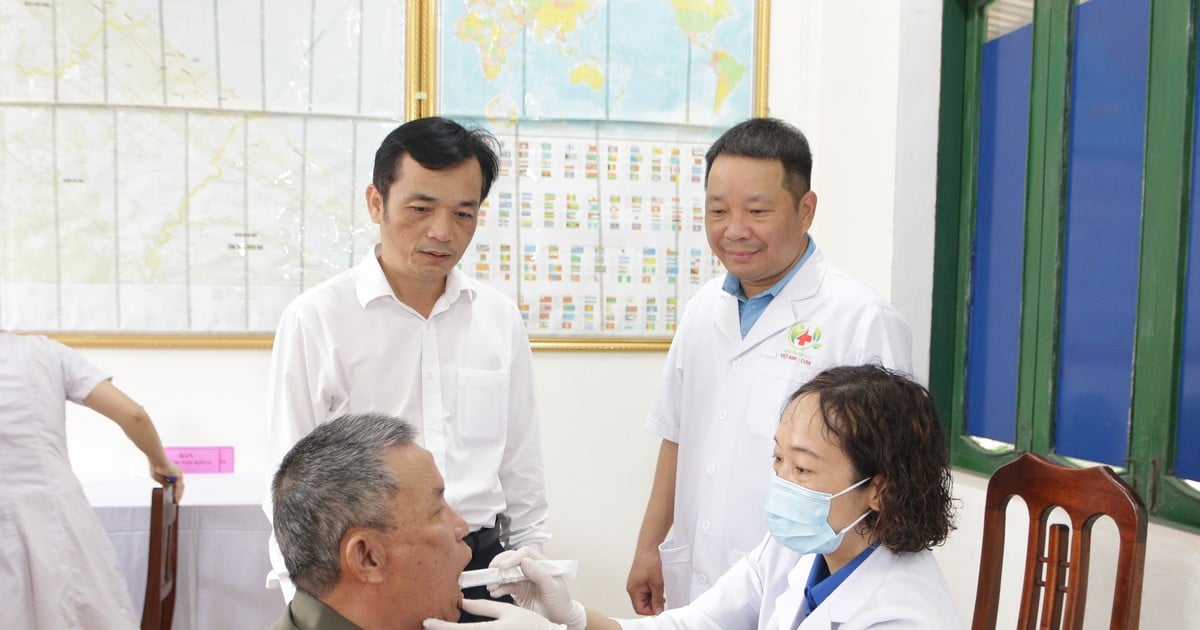
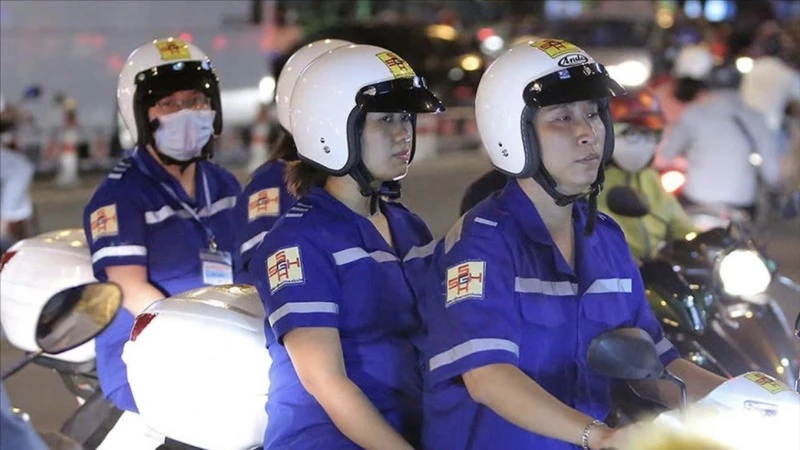
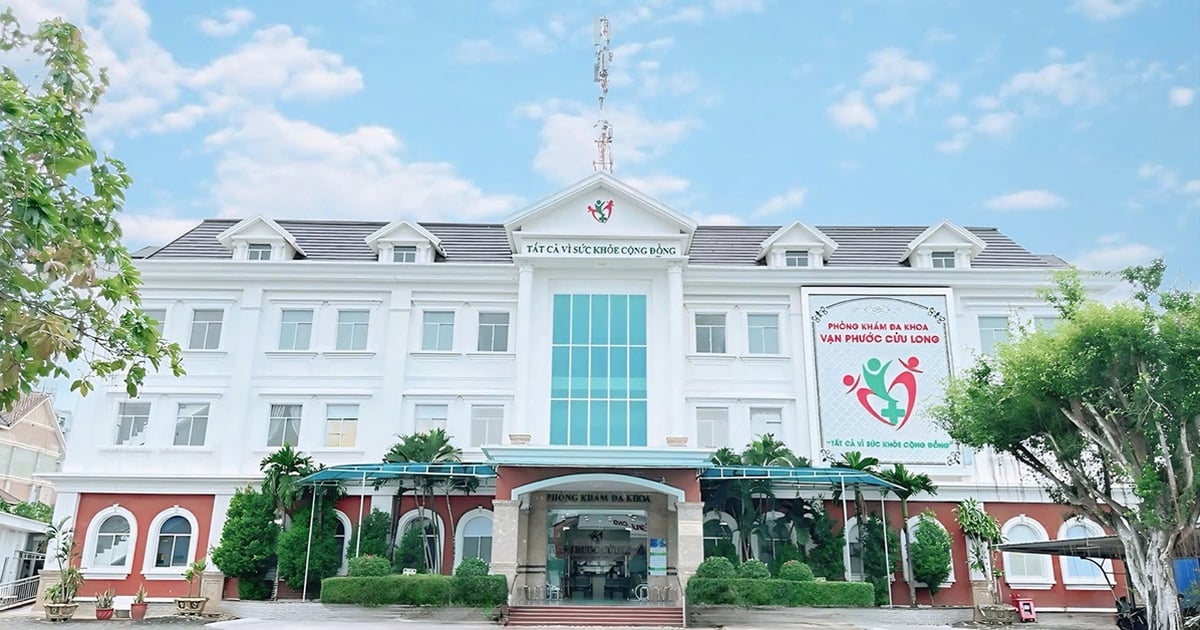


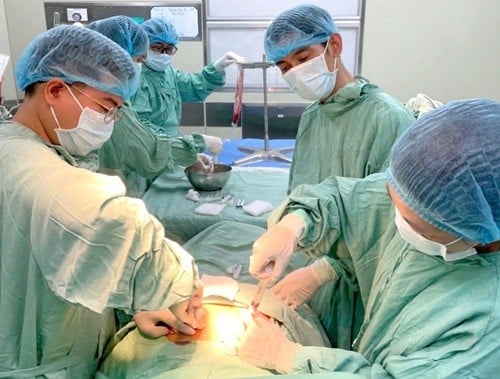




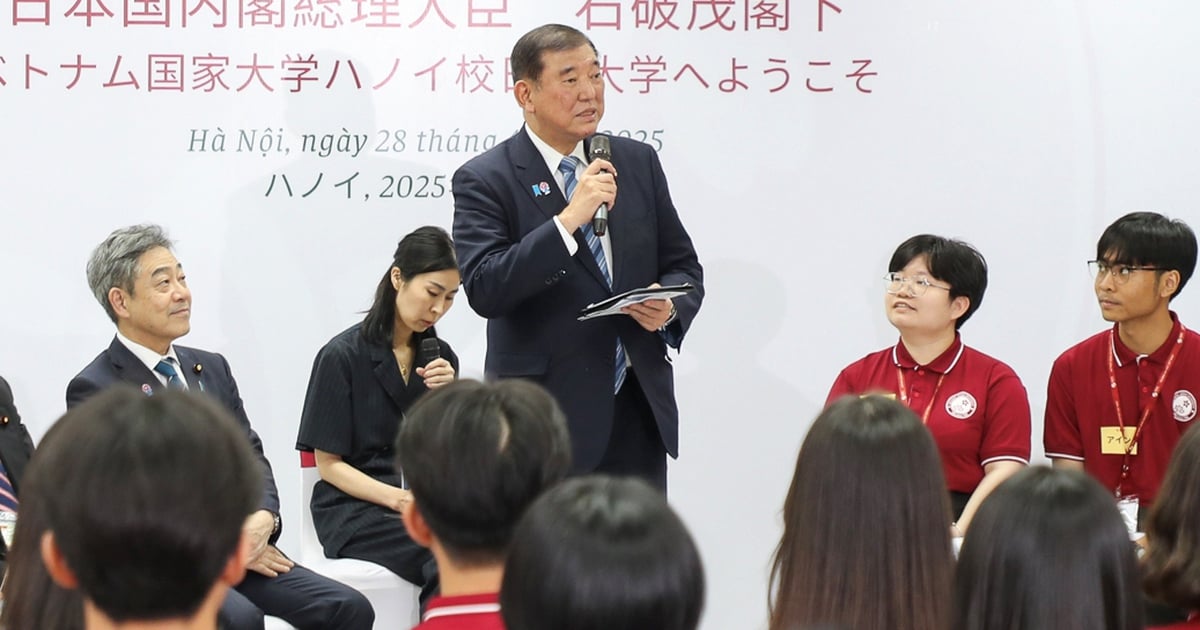





![[Photo] People lined up in the rain, eagerly receiving the special supplement of Nhan Dan Newspaper](https://vstatic.vietnam.vn/vietnam/resource/IMAGE/2025/4/28/ce2015509f6c468d9d38a86096987f23)
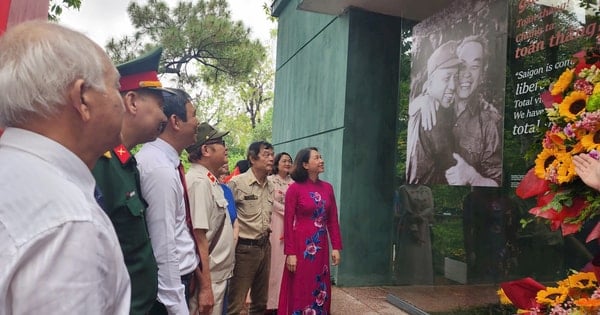





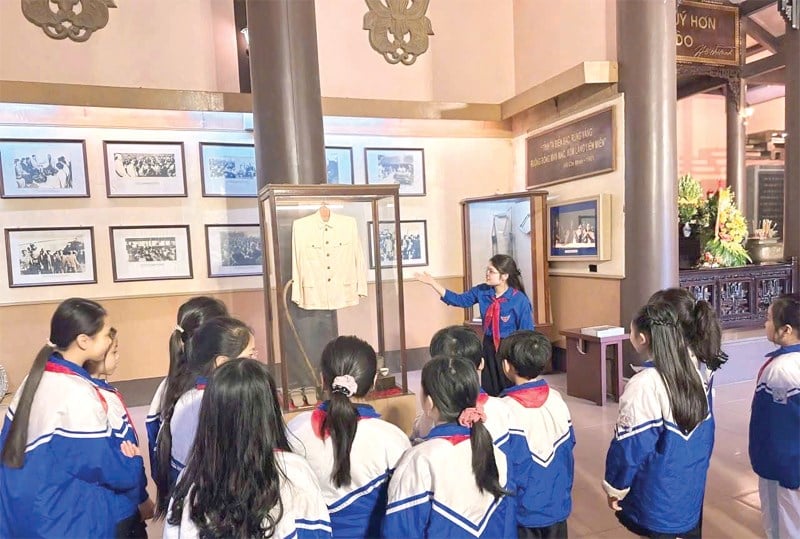
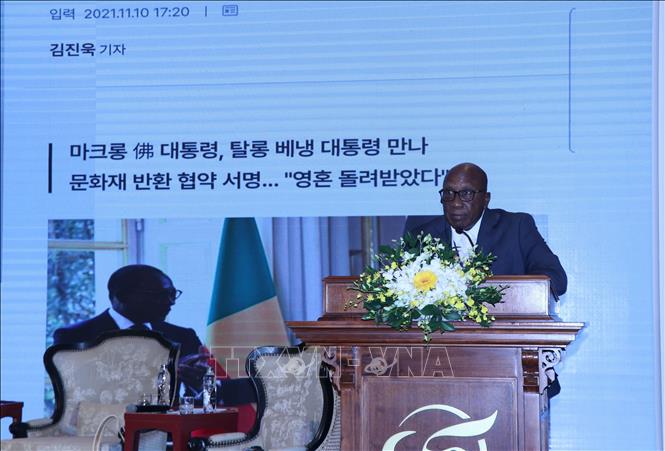

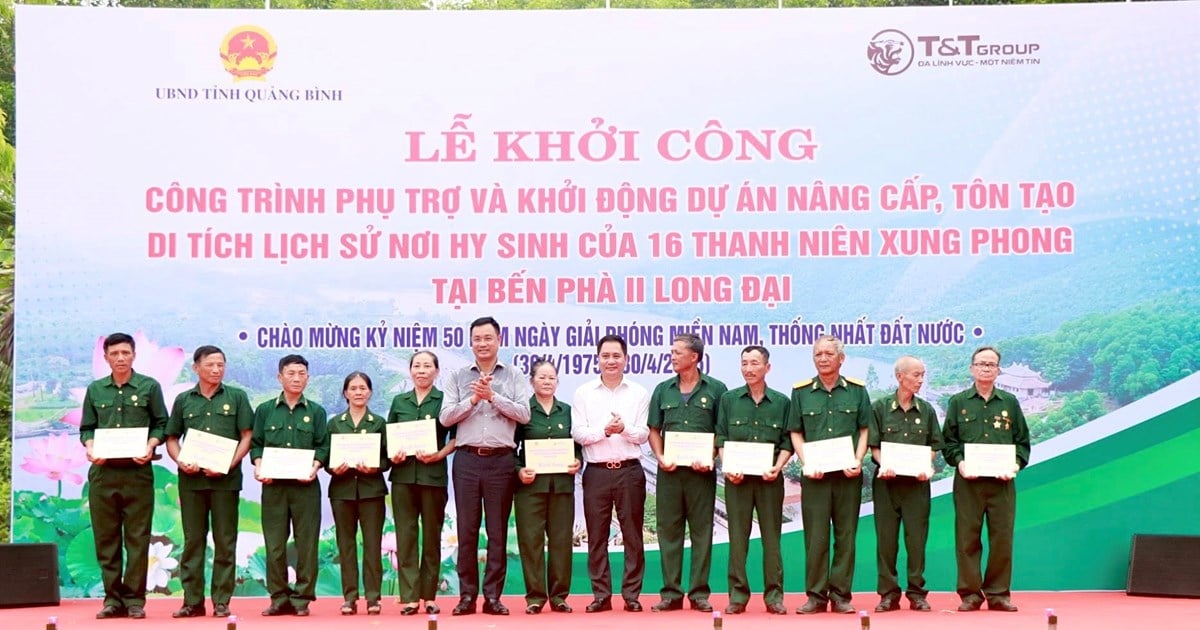


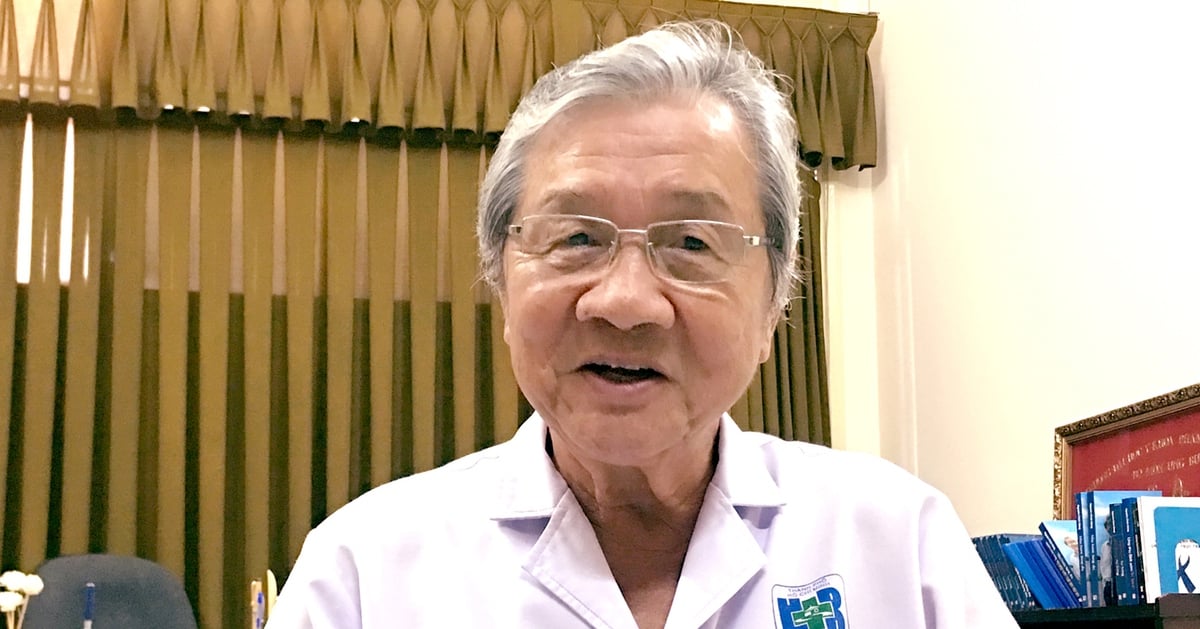













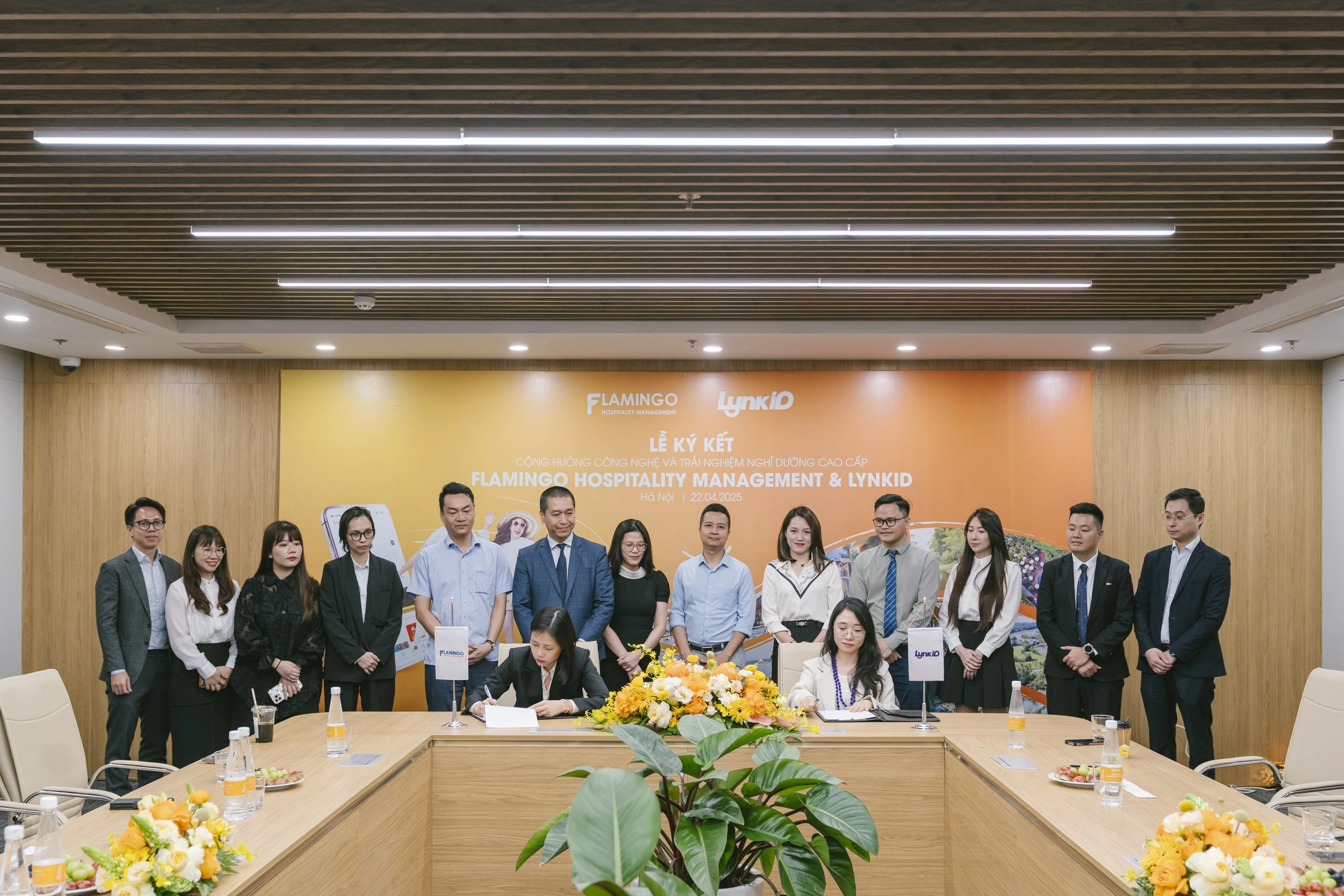
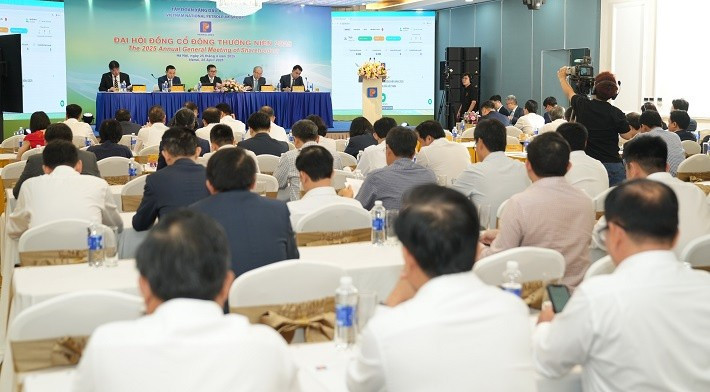



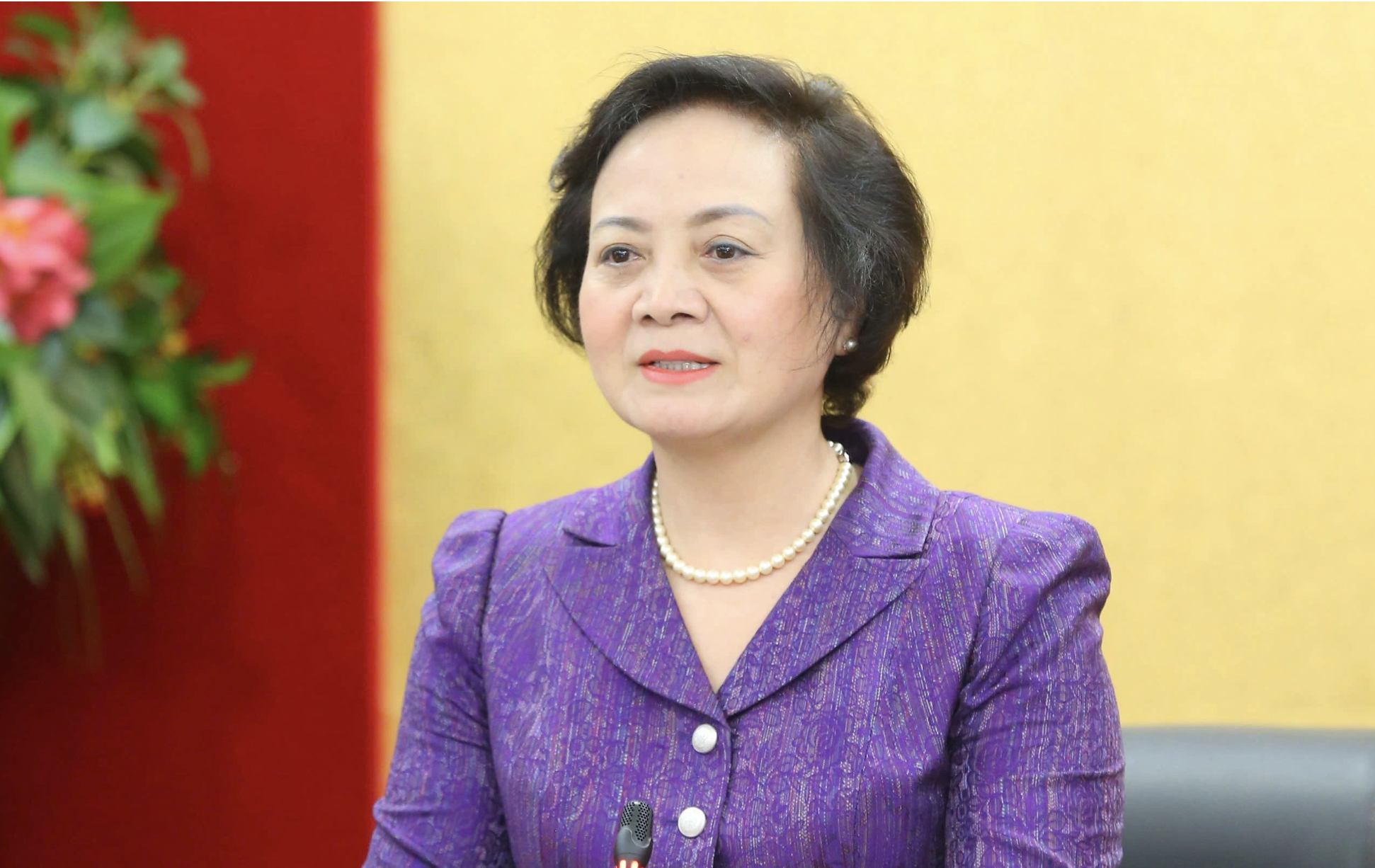



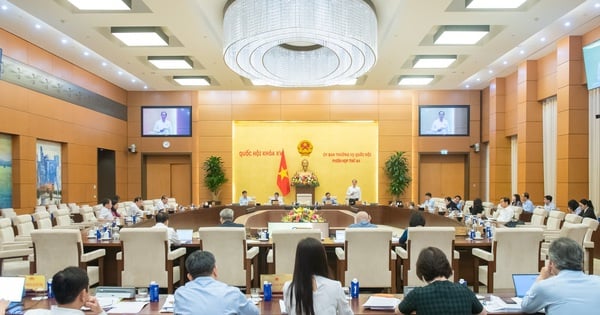









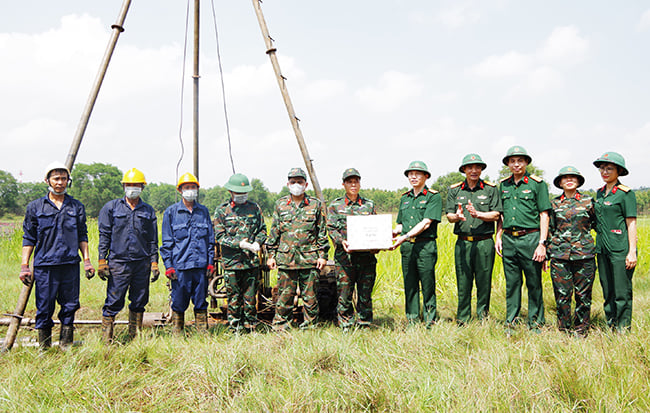


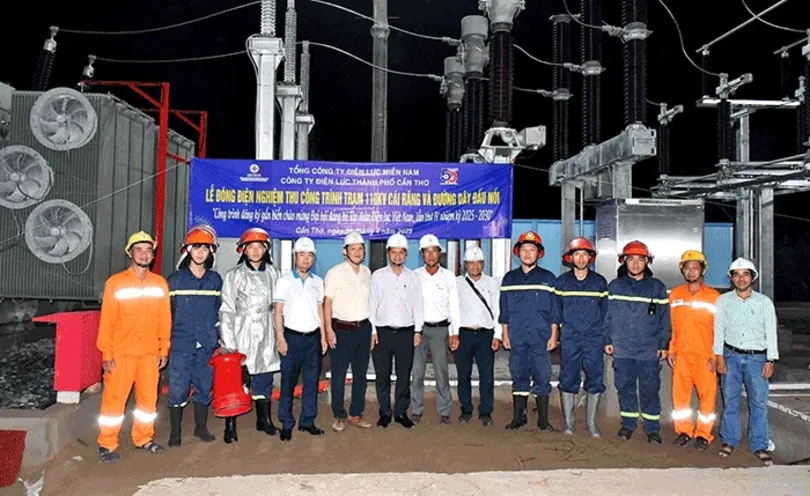

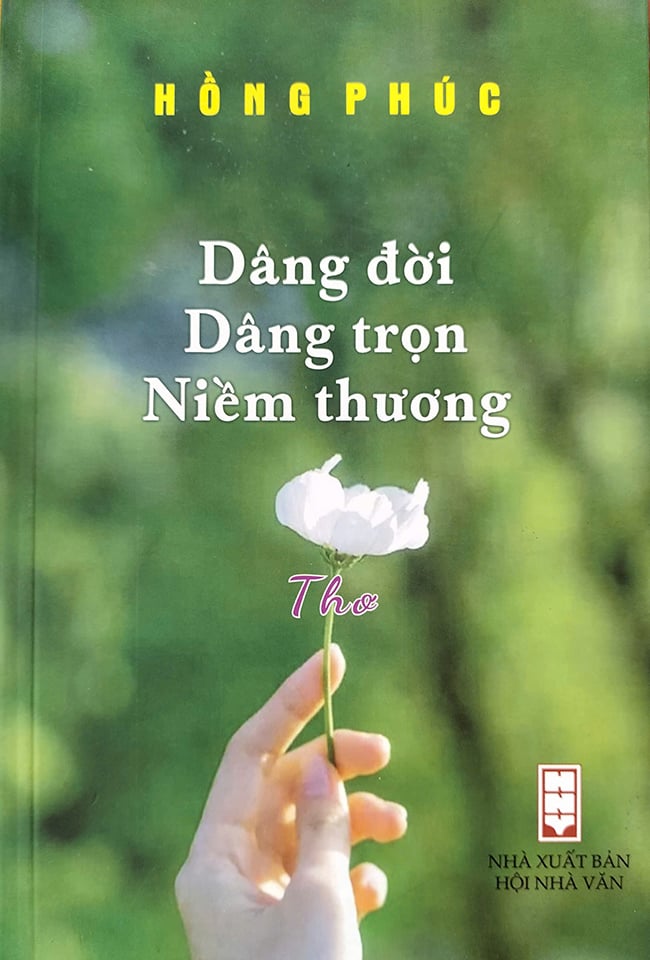
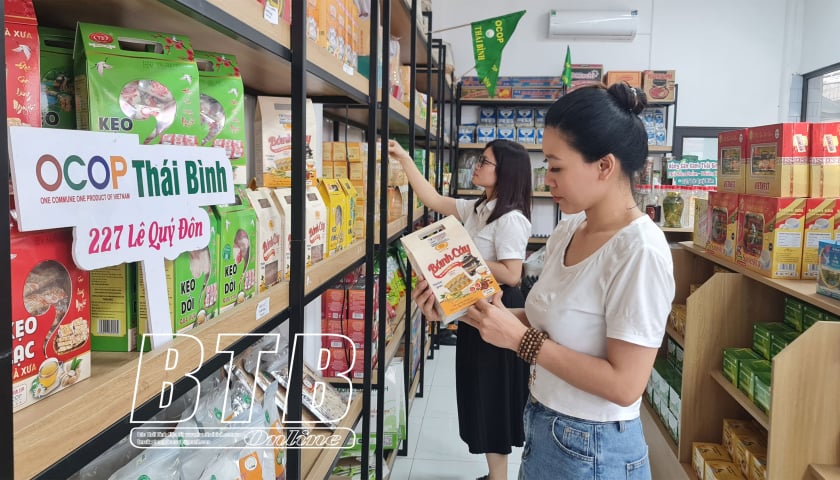

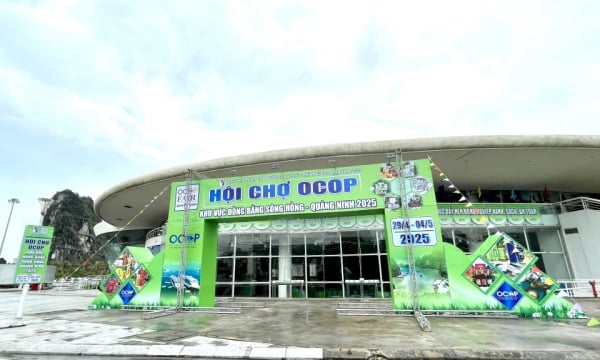
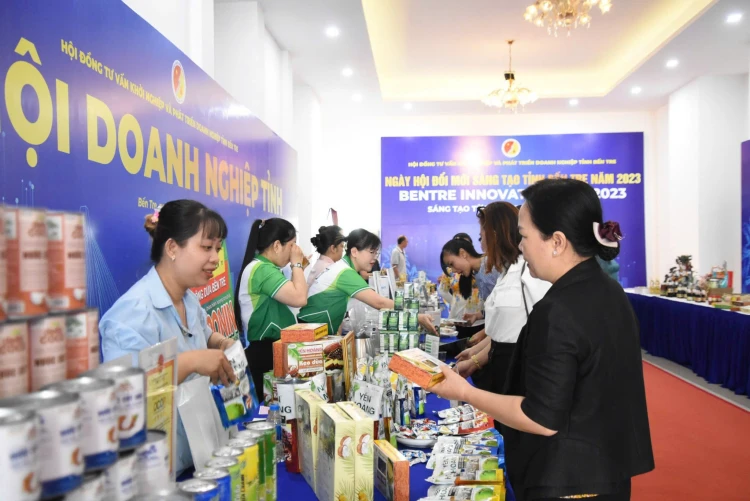





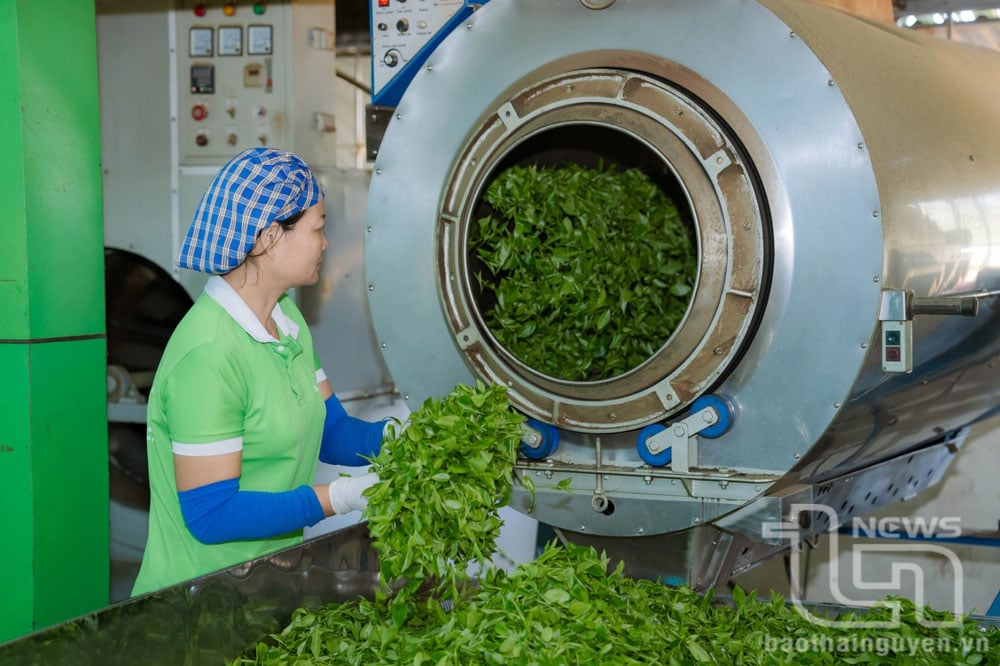

Comment (0)